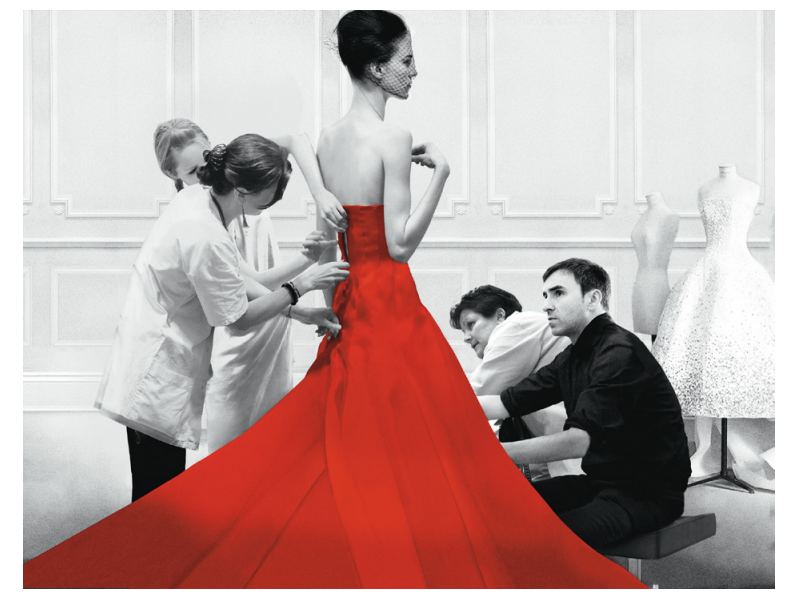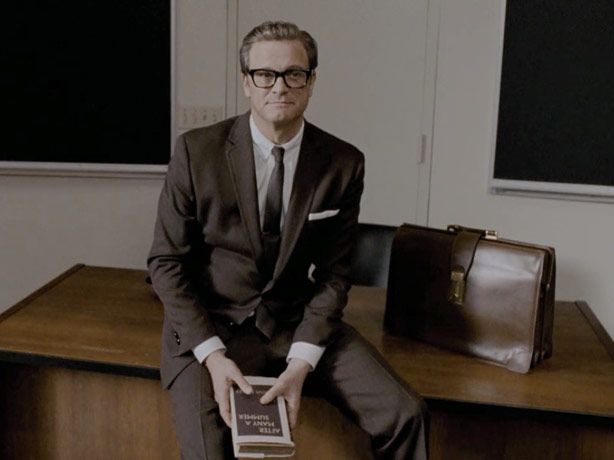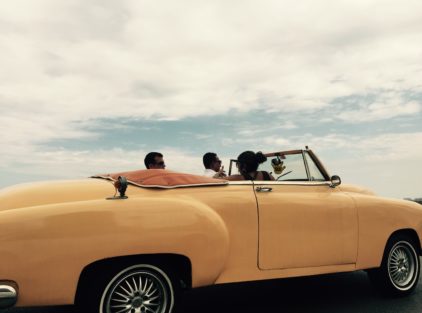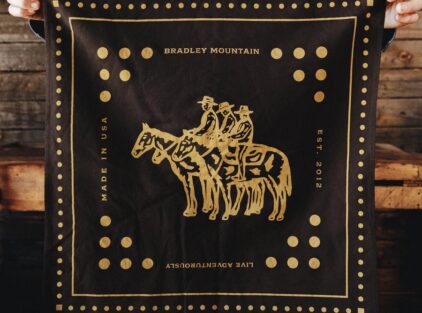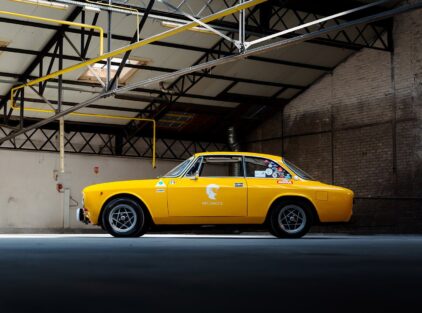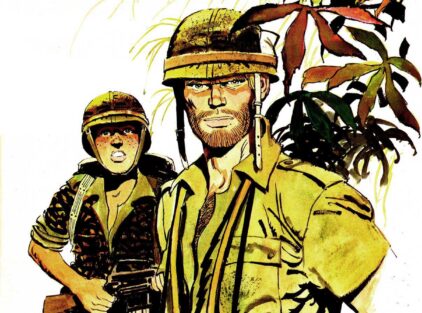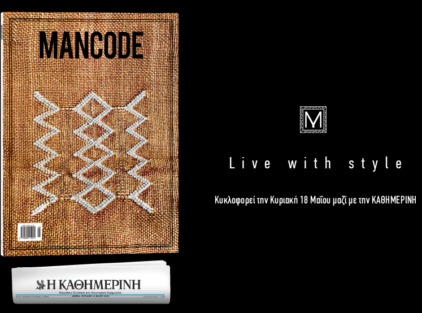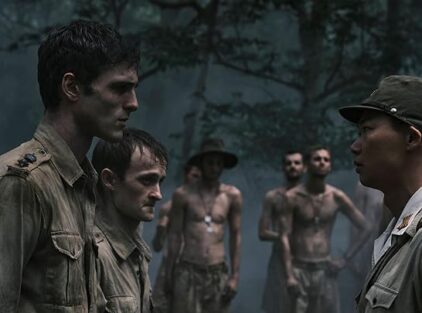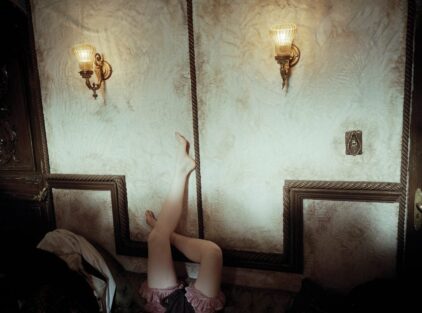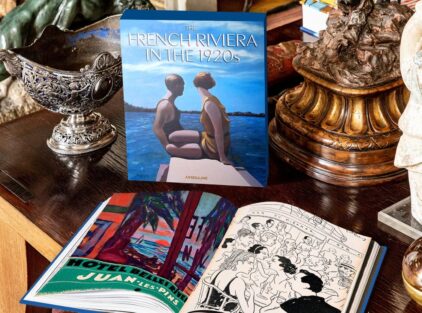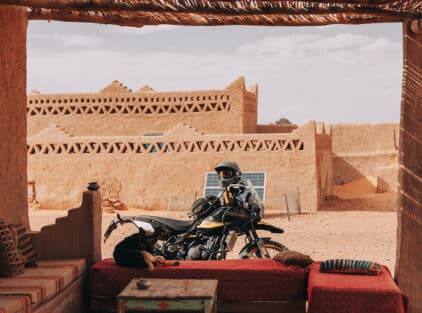By Kelly Stavropoulou
Films that show us the way of style and in which leading fashion designers, costume designers, interior designers have contributed to the director’s frame, recreating a virtual-case study-scene. From Pedro Almodóvar to Tom Ford, some films stand out as exemplars of refined aesthetics.
A single man (2009)
“Tom Ford’s first film is something so beautiful that it stops your heart” wrote the Times of London about A Single Man, directed and produced by Tom Ford. Well, yes… In this languid, dull and dreamy film everything was beautiful and flawless, everything was governed by the perfectionism and obsessive attention to detail that the Texan designer had come to expect from us in everything he did. Everything, and especially the fashion, which from the trailer we knew was somewhere between Mad Men elegance and runway chic. Set against the backdrop of the early 1960s, a gay professor loses his partner and seeks a new balance in his life. His emotional armour is his tailor made 60’s suits with rounded shoulders and Turnbull & Asser’s flattering shirts. The colour tones are warm, mostly from the coffee palette, in tune with the warm light of the filming. Colin Firth was great by the way. As was Julianne Moore playing his girlfriend. Who has forgotten the black and white dress she wore on the dance floor? That outfit is still the first thing that comes to mind when I remember this movie. And that’s the success of a costume designer – Arianne Phillips in this case.
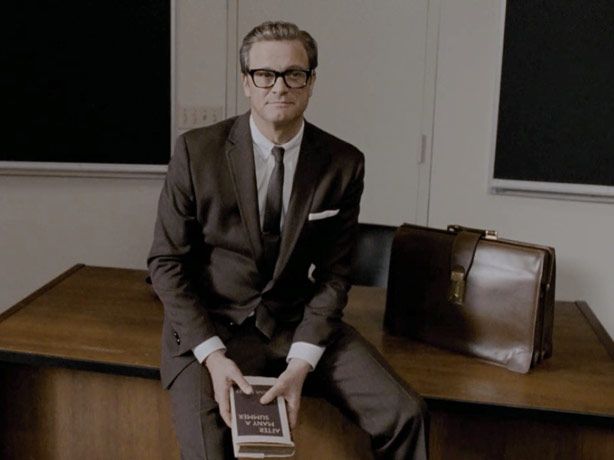
Coco before Chanel (2009)
The peculiarity of this film is that it does tell the story of Chanel’s life, but starting from the time before she became Chanel, when she was still shaping her style and building her diversity. Which means that the issue here is not clothes, but personality. After all, that was the great thing about this woman, that she was inspired by herself, she was the muse of herself. In the film we gradually see iconic Chanel pieces such as the quilted handbag, the marinière, the trousers she made for riding, the pajamas, the little black dress. And hats, lots of hats, more than 700 in all. High profile pilot Stephen Jones signed all the hats Audrey Tautou wore in the film, while the also great Pippa Cleator took on the ones she designed and sold. Tautou herself made the film’s challenge much easier, which was to show how one woman is more elegant and distinctive than the rest of her era, while the rest objectively dress more elegantly. The above is best explained through one scene: in a ballroom full of delicate gowns and elaborate hats, Coco enters in a sheer little black dress and turns all eyes on her, changing the standard – not just of the evening, but of fashion history.
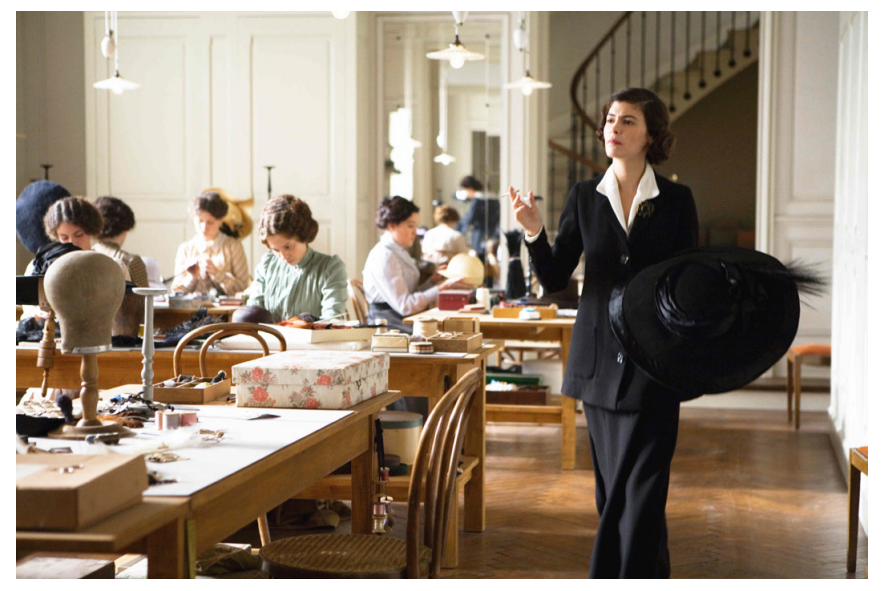
The human voice (2020)
In Pedro Almodóvar’s 30-minute film, his first English-language film, inspired by the pandemic incarceration and starring Tilda Swinton, a common feature in his work triumphs: his characters suffer various misfortunes, are tormented by life’s various ills, and are also dressed in fabulous clothes. To escape? To defend themselves? To have an oxymoron? In Human Voice, the protagonist, abandoned by her partner, moves with paranoia through a vintage aesthetic apartment, changing about 6 outfits in the 30 minutes that the film lasts. To name but a few: the Balenciaga gown in the shade of tomato red – a favourite colour of the director -, the men’s suit in cobalt blue, also Balenciaga, the gold lamé trousers paired with a black leather jacket, signed by Dries Van Noten. The film’s costume designer, Sonia Grande, had said in an interview with GQ: “Pedro hates boring and conventional clothes. The fashion in his films has to surprise, to say things.”
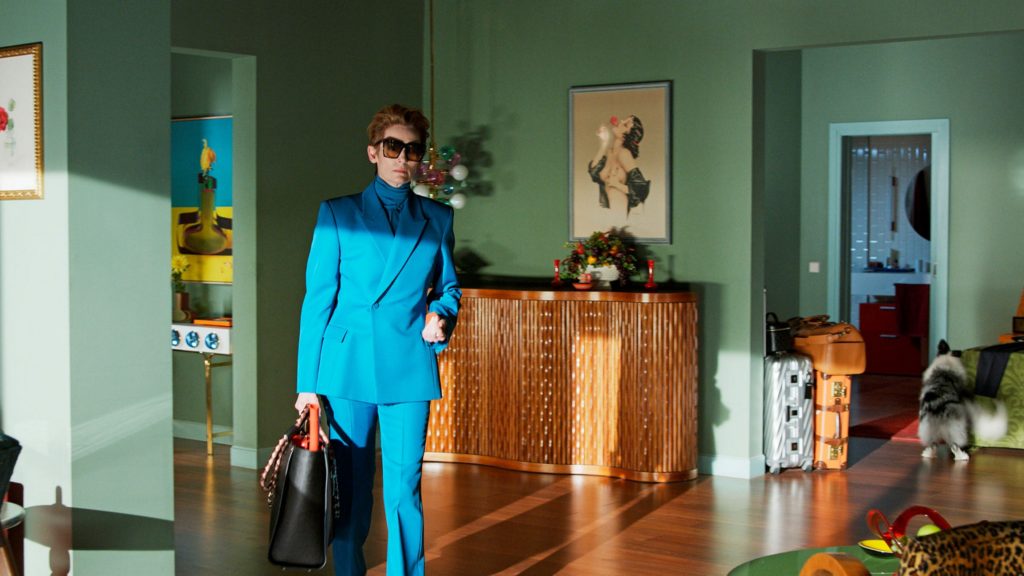
Dior and I (2014)
The Belgian designer with a minimalist, androgynous aesthetic, Raf Simons, took over as artistic director of Dior – a brand synonymous with femininity and romance – in 2012, and in just eight weeks he had to show his first show for the couture collection – something that usually takes five to six months. This show is considered historic, not only for the record time, nor for the fact that a creator with a contrarian aesthetic took over Dior, but mostly for the innovations Simons dared to make. Case in point: the fresh flower-draped walls in the space that hosted the show (it was after this that the way was paved for a new profession, fashion florists). So French filmmaker Frederic Tcheng decides to make a documentary documenting the preparation, following Simons every step of the way and introducing us to the people who work day and night to complete a Dior couture dress. The inspiration in watching the documentary comes both from the realization of how much effort it takes to create something truly elegant and from the profiling of a personality like Simons who didn’t rush to be photographed, didn’t flirt with the media, didn’t engage. He sat back and did his job. (And) that’s called style.
